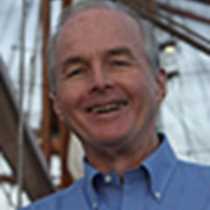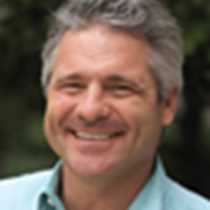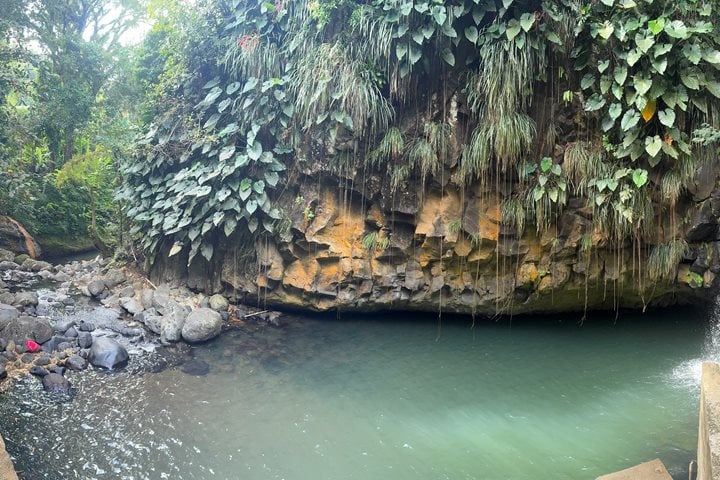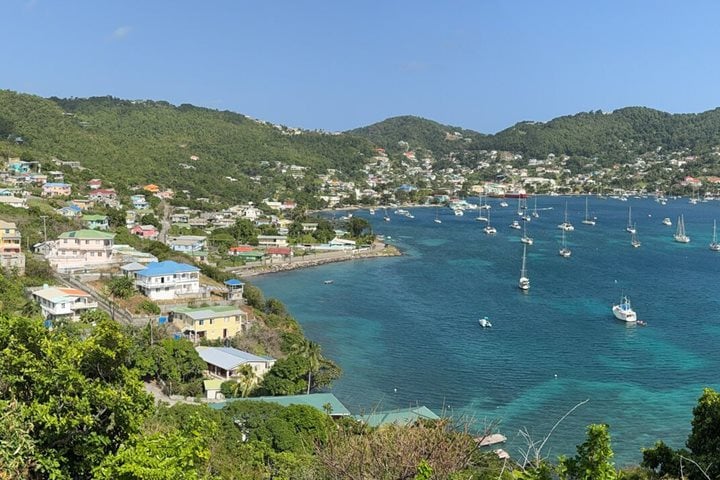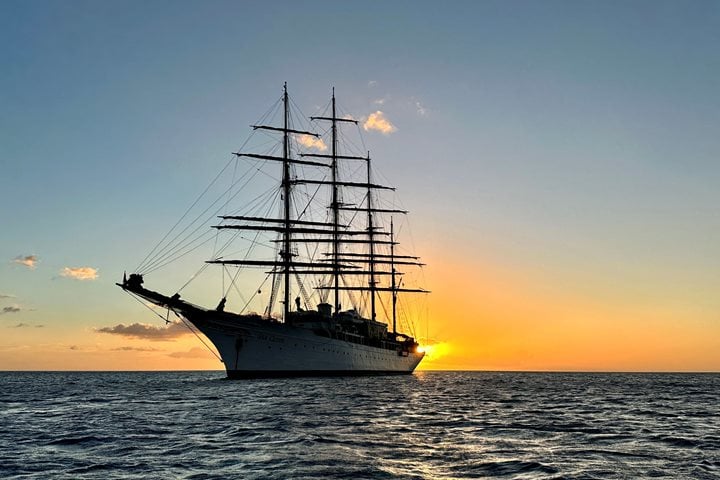We sailed from Cabritz point Dominica to the Iles des Saintes and anchored about 7 p.m. in the lovely picturesque harbor of the main city in the Iles des Saintes (“The Saints”). The early morning was marked by a little rain but also by the most wonderful double rainbow, which made a semi-circle over the archipelago. The capital of “The Saints” is simply called “Bourg,” or in English the “City.” It is so petit that it hardly qualifies for the name “Hamlet,” but it is picturesque in a remarkably continental French way. The town’s two most imposing buildings are a lovely Catholic Church and a town hall, proclaiming “Liberté, Egalité and Fraternité” those ideals emerging from the French Revolution. The archipelago consists of seven volcanic islands but only two have all year residents. These seven islands along with the much larger island of Guadeloupe comprise the French “Départment of d’Outré Mer.” These islands are a part of France and have approximately the same relationship to the mother country as the Hawaiian Islands have to the continental United States. The inhabitants are French citizens, vote in all elections, and have all the perquisites of being French citizen and a member of the European Union. As such the official currency here is the Euro. And the shops are not inexpensive.
These islands receive a considerable subsidy from the French government. The streets have lovely colorful and upscale shops, which today cater to the tourist trade. The original 18th century French sellers were indentured servants. After having secured their freedom from debt they chiefly became fisherman and boat builders. Most of the original inhabitants came from Brittany. Today the primary industry is tourism from the larger island of Guadalupe. The cost of living is also high as one might expect. For example, I purchased a glass of orange juice this morning at a cost of 4.5 Euros or approximately $6. Most goods are brought in by air and ship.
We disembarked after breakfast and went with Tom Heffernan up to the top of the closest mountain to visit the Fort Napoleon, built between 1841 and 1867. Some of the hardy in the group chose to walk up to the fort and while it is not far—it takes about 30 minutes—it is mostly uphill. However, the faint of heart, yours truly among them, took the available taxis. Once I negotiated the visit in French with the Fort we were able to begin our visit. The Fort is a wonderful place and is today chiefly a botanical garden with all the representative species of flowering trees on the Lesser Antilles represented. In addition to the trees there are wonderful cacti, euphorbia, and aloes. We also visited the nesting areas of the very large land iguanas. Today we spotted about four of these wonderful beasties, the largest of which was about three feet.
Fort Napoleon contains an ethnographic museum detailing the pre-Columbian history of the islands and a number of rooms devoted to the local craft of shipbuilding. Of particular interest is the illustrated “diorama” of the very important Battle of the Saints (April 12, 1782), where Admiral Rodney of his Majesty’s Government defeated Admiral De Grasse, the leader of the opposing French forces. The battle took place in these waters and was a rout for the French fleet who were seeking to capture the British island of Jamaica. After our visit to the Fort we took taxis down to the city and spent the rest of the morning freely wandering in and out of the colorful shops shopping. Some of our group went snorkeling at an adjoining island and from what I heard the fish were colorful and abundant. Lunch on board and the sails went up and we were sailing along at almost 6.5 knots with a nice fresh wind. Alberto gave a fine illustrated lecture on the ecology of the coral reef and at 6 p.m. Tom O’Brien gave a very informative and lively talk on the pre-history and history of the Sea Cloud.
As always we had wonderful complimentary cocktails at 7 p.m. followed by what can only be described as a most scrumptious dinner. Off to bed after an incredibly rich day.



